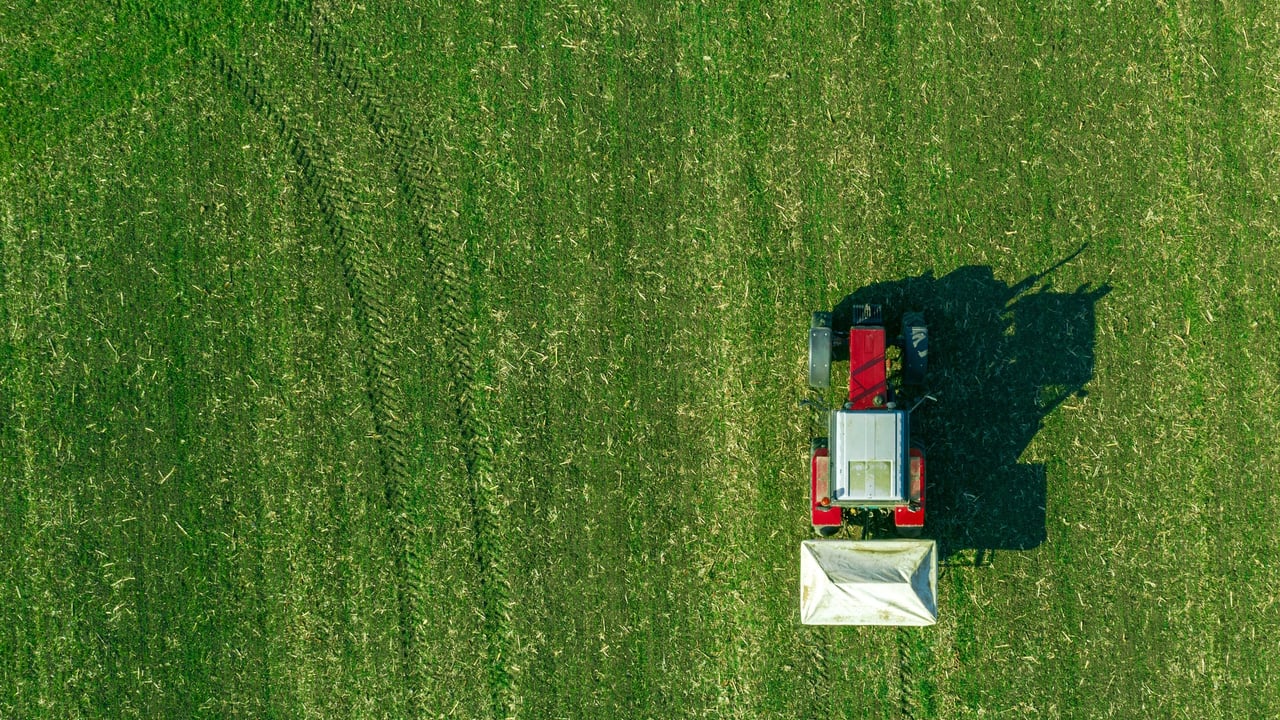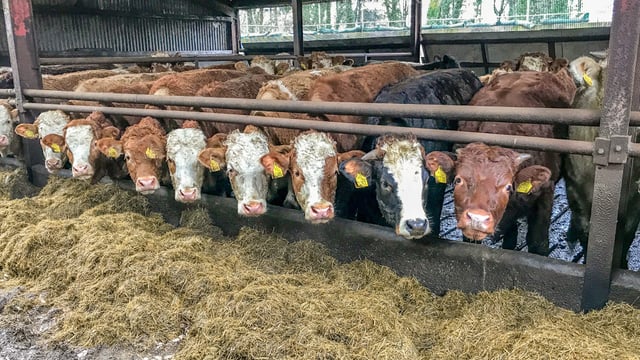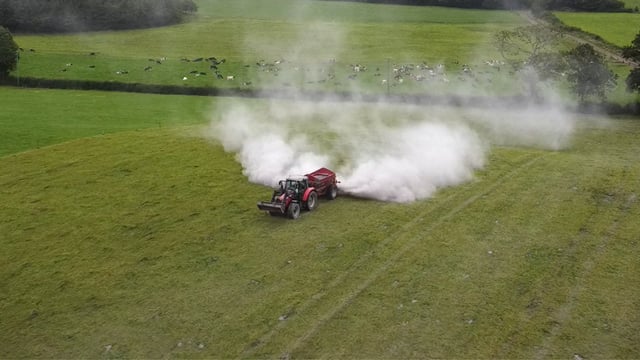CSO: GHG emissions from Irish economy drop 3% in 2023
Greenhouse gas (GHG) emissions from the Irish economy fell by 3% in 2023, data released by the Central Statistics Office (CSO) today, August 8, has revealed.
According to the CSO, the fall in GHG emissions in 2023 was mainly due to a decrease of two million tonnes of carbon dioxide equivalent from electricity generation, and a decrease of around one million tonnes of carbon dioxide from agriculture.
Meanwhile, household heating emissions also fell by 0.4 million tonnes of carbon dioxide equivalent.
The CSO data revealed that the GHG emissions by resident units of the economy fell from 75 million tonnes, to 73 million tonnes of carbon dioxide equivalent.
Resident units are economic units such as households and businesses, which have engaged for at least one year in economic activity in Ireland.
The CSO noted that some emissions from resident units, especially from international transport, may occur abroad.
The services sector had the largest share of GHG emissions by resident units in Ireland in 2023, at 33%, with the majority of these emissions arising from transport activities, including international aviation and maritime transport.
The agriculture, forestry, and fishing sector was the source of 29% of GHG emissions by resident units in Ireland in 2023, while the industry sector further 23% of the total, and the remaining 15% came from the household sector.
In 2023, the services sector was the biggest source of carbon dioxide emissions, making up 47% of the total. The industry sector was responsible for 30% of carbon dioxide emissions, and the household sector for a further 21%.
According to the CSO, the agriculture, forestry, and fishing sector produced the majority of the two other main greenhouse gases, methane (94%) and nitrous oxide (89%), in 2023.
Data revealed, that for the second year in a row, emissions of all of the major air pollutants included in this release decreased.
The agriculture, forestry, and fishing sector was also the source of 99% of ammonia emissions, and 39% of nitrogen oxide emissions.
Statistician in the environment division of the CSO, Clare O'Hara said: "During the period 2014-2023, greenhouse gas emissions from agriculture, forestry and fishing were at their highest in 2021 at 22.1 million tonnes of carbon dioxide equivalent.
"Emissions from this sector increased in each year from 2015 to 2018 inclusive. After a slight drop in 2019, they rose again in 2020 and 2021."
"In 2022, emissions were close to the 2021 level at 22.0 million tonnes of carbon dioxide equivalent. A 5% fall in 2023 brought emissions from the sector to 20.9 million tonnes of carbon dioxide equivalent, the lowest level since 2016," O'Hara added.





